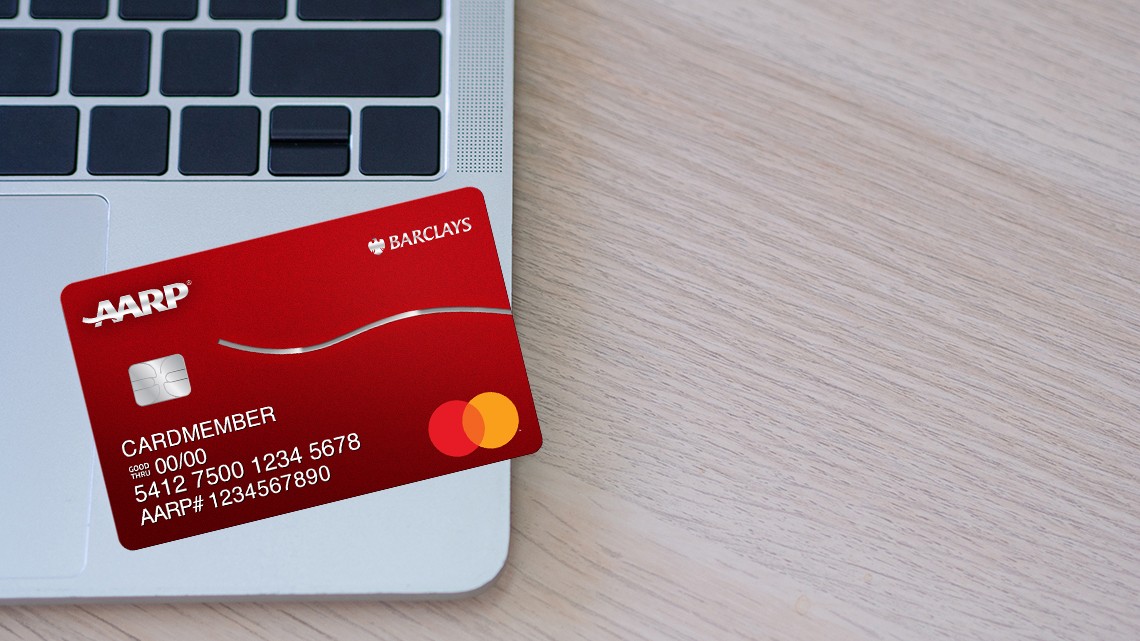Staying Fit
Several years ago, the federal Centers for Medicare & Medicaid Services sent every Medicare beneficiary a new card designed to better protect them against identity theft. While the previous cards showed the holder’s Social Security number, the newer cards utilize a unique, randomly assigned combination of numbers and letters called a Medicare Beneficiary Identifier (MBI). But the new approach hasn’t stopped criminals from targeting older Americans.
Scammers impersonating Medicare employees have called beneficiaries, claiming they need to replace or upgrade their Medicare card and asking for their Medicare number or other identifying information, such as a Social Security number or date of birth.


AARP Membership— $12 for your first year when you sign up for Automatic Renewal
Get instant access to members-only products and hundreds of discounts, a free second membership, and a subscription to AARP the Magazine.
They might try to entice you into paying a fee to switch from a paper card to a plastic card (as Ohio’s Department of Insurance recently warned) or to one with a chip (Medicare does not offer either card type). Or they might claim there’s been suspicious activity on your Medicare account and you need to verify your identity to avoid losing your benefits. Or they might offer you a discount on a supplementary plan or drug coverage.
What the scammers really want, of course, is to get personal or financial information for the purposes of identity theft or outright theft. To thwart a Medicare card scam, follow some basic precautions.
Warning Signs
- You receive an unexpected call from someone claiming to work for Medicare. Actual employees will never call you without being invited to do so — for example, if you left a message at Medicare’s customer service line (800-633-4227).
- The caller claims you need to pay a fee to get a new or upgraded Medicare card.
- The caller threatens to cancel your Medicare coverage unless you provide personal information over the phone.
- You get a bill from a hospital or medical provider for care you didn’t receive. How to protect yourself from this scam
- Hang up immediately if you get an unsolicited call from someone who claims to be from Medicare and asks for personal information. Note that criminals can spoof numbers, so don’t trust your caller ID.
- Don’t share your Medicare or Social Security number (or other personal information) with anyone who contacts you out of the blue by phone, text or email or shows up unannounced at your door. That information should be shared only with your trusted health care and insurance providers, such as doctors, pharmacists, insurers and state health agencies that work with Medicare.
- Destroy your old Medicare card. Imposters may claim you need to return it. You don’t.
- Don’t believe a caller is a Medicare employee simply because he or she knows some information about you. Scammers will have done their homework.
More Resources
- If you suspect a Medicare card scam, report it to Medicare at 800-633-4227.
- You can report identity theft, and get help with a recovery plan, at the Federal Trade Commission’s IdentityTheft.gov. You can also call the FTC at 877-438-4338.
Visit AARP’s Fraud Resource Center to find out about Medicare Flex Card Scams.


































































More From AARP
Senior Medicare Patrol Fights Fraud. The Taxpayers Win
Volunteer detectives recover millions in fake claims5 Surprising Places Medicare Fraudsters Lurk
Health insurance scams can show up when — and where — you least suspect them
Data Breach Exposes Data on 600,000-plus Medicare Beneficiaries
Cyberhack goes well beyond Medicare